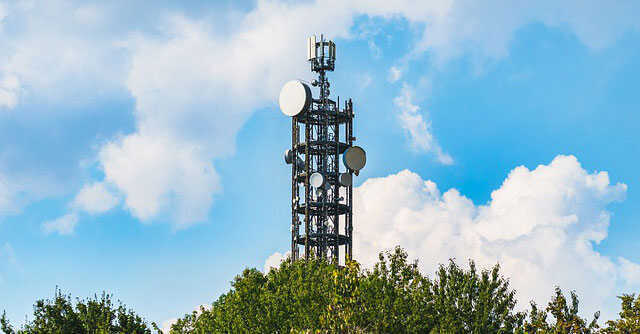
5G to soar, but APAC faces challenges on mobile broadband adoption: GSMA


As 5G adoption is set to speed up in the Asia Pacific - with India going live in a few months - a lack of digital skills, affordability and online safety concerns are key reasons why the region has the largest regional mobile broadband usage gap worldwide, according to a new report.
According to the mobile industry body GSMA’s ‘Mobile Economy Asia Pacific 2022 report’, mobile broadband networks cover around 96% of the population in the region indicating an increased investment by operators' investment in 3G, 4G and 5G infrastructure. However, only 44% of the population (1.23 billion users) is using mobile internet services.
The reasons for this discrepancy include lack of digital skills, affordability and online safety concerns, the report mentioned. "Addressing the usage gap and extending the benefits of the internet to more people in society is critical," said GSMA's Head of Asia Pacific, Julian Gorman.

"However, it will require a concerted effort by a broad range of stakeholders, working together with mobile operators and other ecosystem players such as device manufacturers and digital content creators, to drive adoption and overcome the barriers we see today," Gorman said in a statement.
On the other hand, 5G-adoption is set to accelerate across the region, as the report said that there will be more than 400 million 5G connections across the Asia Pacific by 2025, which is equivalent to just over 14% of total mobile connections, according to GSMA. Today, it is commercially available in 14 markets.
GSMA also said, the progress is greater in countries like Australia, Japan and South Korea and in Singapore, where the technology is expected to account for 55% of the country’s connections by 2025. India too is set to witness the much-awaited 5G auction at the end of this month.

The report said that the advent of the metaverse will further give an impetus to 5G with more use cases likely to evolve in the region. The trend, in fact has already been noticed, with government bodies in the region have started outlining plans to harness the potential of the platform to increase the efficiency and quality of public services, said the report. For example, South Korea has plans to spend $186.7 million to create its metaverse ecosystem, and Thailand’s Tourism Authority leveraged the technology to boost tourism in the country.
Overall, mobile technologies and services continue to make a significant contribution to Asia Pacific's economy, generating 5% of GDP in the region in 2021, which equates to around $770-billion of economic value. This ecosystem supported approximately 8.8 million jobs in 2021 and made a substantial contribution to the funding of the public sector, with around $80 billion raised through taxation, the report said.
"Policymakers and regulators can fuel growth and innovation by establishing a flexible forward-looking regulatory regime to support mobile network deployment and operations," it added.

